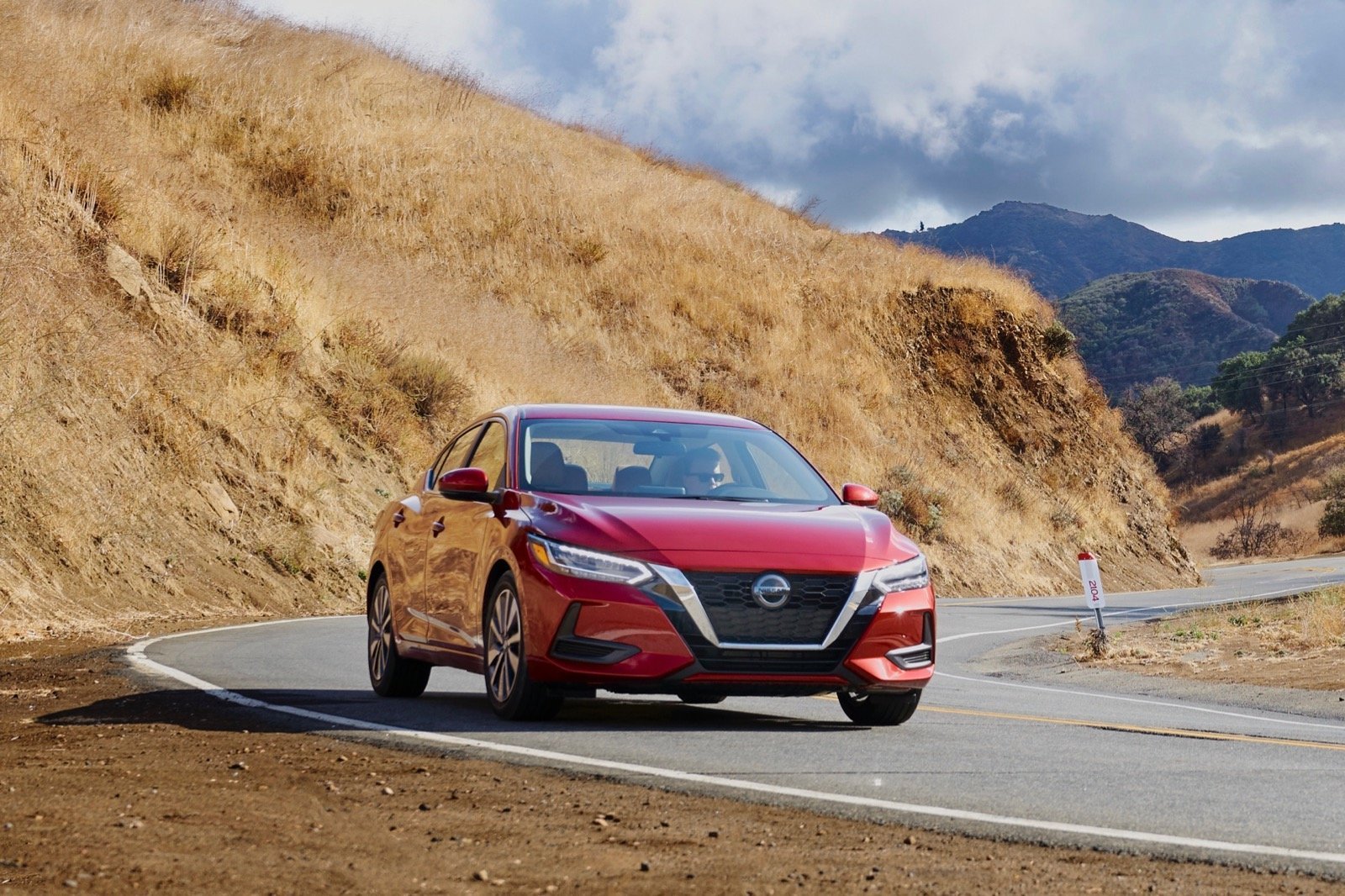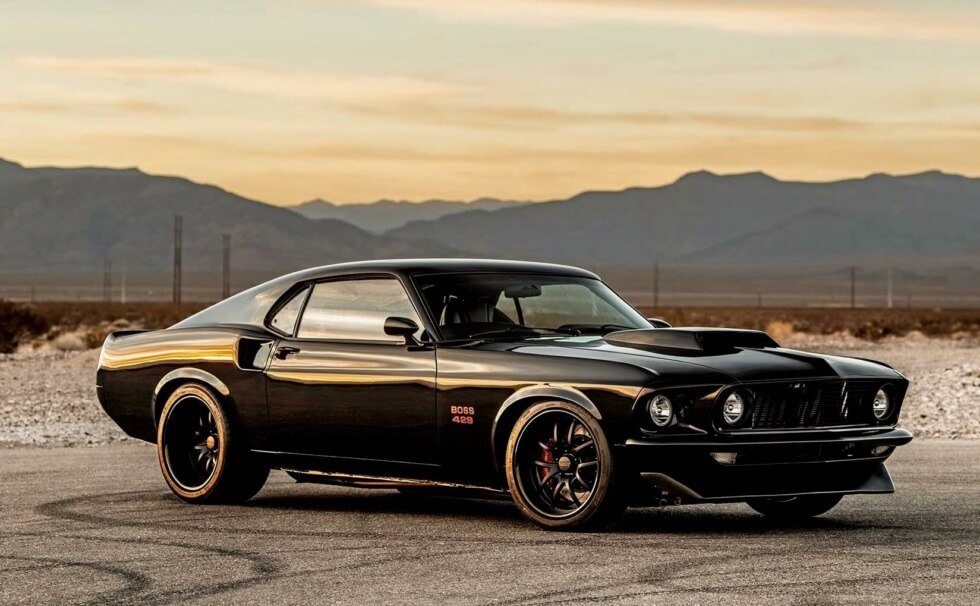
Pontiac cars, American automobiles, are owned by General Motors. They were first manufactured by General Motors' Pontiac Motor Division. General Motors manufactured and commercialized Pontiac vehicles from 1919 to 1973. Pontiac cars are still popular in many parts of the world. This article will cover Pontiac’s history and the most popular Pontiac models of that era. Continue reading to learn more about Pontiac, and why these cars are so special.
General Motors
Pontiac will be ending production after a long tradition of producing high-quality cars. Last year, Pontiac had only one model roll off its factory line. The company is no longer a brand synonymous with performance, speed and sex appeal. As a result, the Pontiac brand will be discontinued by the end of 2010.

Silver Streak
From 1935 to 1956 Silver Streak Pontiacs can be easily identified by their parallel ridges at the trunk and hood. These ridges reminded me of old-fashioned suspenders. Pontiac was also the first to use this styling, although it was not without faults. Here's a quick history of the Silver Streak. Pontiac began making more modern vehicles following the war.
G-body models
The Pontiac G body models were a classic and boxy design in an era when boxy was fashionable. Even the most practical G-body models have a wagon cult. G-body vehicles are easy to modify and offer unrivalled aftermarket support. Here are some ways you can improve your G body. These are some tips for improving the performance and efficiency of your Pontiac.
Redesign in 1973
The 1972 Pontiac Redesign saw a huge increase in the production of full-size Pontiac cars. The Pontiac Catalina production almost met the entire demand for full-sized Pontiac cars in 1971. There were also significant improvements in Bonneville, Grand Ville and other areas. The full-size Pontiac 1973 car lineup underwent major changes. The car's new design featured a massive energy-absorbing bumper and an extended grille with horizontal bars.
The 1980s saw a shift in body styling
Pontiac moved from ensuring that mid-sized vehicles would be roadworthy to focusing on luxury and comfort. The Grand Am, part of a new line featuring "Colonnade", was an exception to this trend. Grand Prix luxury was combined with Trans Am performance in the Grand Am. Bill Collins, an assistant chief engineering engineer for the original GTO, collaborated with John Seaton to design the Grand Am. John Seaton is a chassis wizard. Both worked on the concept, with Collins aiming to approximate European sedans.

Last model sold in 2010.
The Pontiac name is closing after more than 80 year. After a few years of being unprofitable, the Pontiac brand sold rebadged Chevrolets that were lower than the original brand price. Although Chevrolet was able to compete with the rebadged cars, its quality fell behind that of its competitors. Pontiac was eventually cancelled. In the United States, the last model of Pontiac cars sold in 2010 was the Pontiac Vibe.
FAQ
Is it difficult to find a job as a mechanic in the automotive industry?
Yes, it's possible. Many garages advertise their vacancies online, and many people apply just because they think it might be fun. Try applying to a few jobs and seeing if the garages accept student applications. Ask your friends and family to recommend anyone in the field. They might be willing to recommend someone.
What is the average time it takes to become a mechanic?
Expert mechanics take years of practice and extensive experience. Working under the guidance of a professional mechanic is the best way to learn how repair cars.
You will have to spend time in a garage learning about cars and mechanics. You will need to read books on mechanical engineering and car design.
Additionally, you will need to attend an auto school.
It's important to start early. You don't have to wait until you are older to start studying automotive technology. If you want to qualify as a mechanic, get started now!
What is the best way to learn about car mechanics
To work as an auto technician, you don’t need to know much about cars. It's enough to know how to fix things. This is why most people get started with simple jobs such as changing brake pads or tires. Then they move on to more difficult repairs.
You'll need the ability to read and understand diagrams and to follow simple rules of good practise. You'll also need to be able to judge whether parts need replacing or repairing.
It's important to remember that you shouldn't attempt to repair vehicles without having received proper training and guidance. This is especially true when you are dealing with costly components like engines and transmissions.
Although you won't be required to know much about cars you should have a solid understanding of the fundamentals and principles of mechanical engineering. This involves understanding how engines work and how brakes work.
It's also worth noting that you'll need to be prepared to deal with all sorts of situations. You might be required to work on a vehicle that was involved in an accident. You will also need to be able to deal with accidents and breakdowns.
It is important to be open to learning new skills quickly. Not only will you need to be capable of diagnosing problems, but you also need to be able perform simple maintenance tasks like tightening nuts.
What qualifications does a truck mechanic need?
Although you don’t have formal qualifications, you have extensive experience with engines and trucks. Your knowledge is valuable as you are able to quickly diagnose problems and work efficiently.
A solid understanding of diesel technology is also a plus. This will help you understand the components that are needed to fix our vehicles.
What type of job is there for a car mechanic?
Car mechanics can find work in three areas:
-
Automotive repair shops
-
Dealerships
-
Independent garages
Automotive repair shops
This is where most people consider becoming a mechanic. It's also the easiest way you can get started. Either you can work in a shop that is owned by another person or start your own business.
You will need to join a union if you want to work in a shop. After you are accepted to the union, you will receive training from it.
After the training, you will be ready to go and start your job.
Registering with the government is required if you intend to open a garage. Once you have registered, certain standards will be enforced.
After you register, you will be granted a license for your garage to operate.
Your license will allow you to sell spare parts and do minor repairs. It will not permit you to fix major engine issues.
Customers will expect you to not only sell spare parts but also provide advice and guidance.
Dealership jobs
Most dealerships employ mechanics who specialize in one area of the car. For instance, they may only be qualified to fix brakes or change tires.
Some dealers also have general mechanics that can handle all aspects.
These positions often require applicants to undergo specific training before being allowed to work. This means employers can choose which candidates are best suited for their role.
Some dealerships hire students straight out of college. These graduates already know the basics of mechanical engineering and therefore have no problem learning about cars.
Independent garages
Independent garages do not belong to any dealership. They are more focused on providing top-quality service.
Independent garages are not associated with any companies so they can afford higher wages. These jobs generally pay better than those at dealerships.
Independent garages can be just as good places to work, but this does not mean they are better. Many business owners prefer to manage their own businesses rather than delegating responsibility to others.
So you may find yourself working long hours without having any say over what happens during the day.
It is also possible to expect lower wages than you would if working at a dealer.
There are many jobs that can be switched between. Ask your employer if you would like to work as a mechanic at a dealership.
Alternativly, you can apply directly to the garage owner if you are interested in working at an independent garage.
The bad news? Finding a new position isn't always easy. You can earn more depending on many other factors.
You might also consider the vehicle type you repair, and whether extra labor is charged.
Statistics
- 52% of Mechanics in the United States think their salaries are enough for the cost of living in their area. (indeed.com)
- Apprentice mechanics earn significantly less hourly than mechanics who have completed training, with a median wage of approximately $14.50 an hour, according to PayScale. (jobhero.com)
- According to the BLS, the median annual salary for automotive service technicians and mechanics in the United States was $44,050 in May 2020. (uti.edu)
External Links
How To
How to get a mechanic certification
The mechanic's certifications are designed for people who want to become certified as professional automotive technicians. They give an overview of the various areas of auto repair.
The program comprises 12 hours of classroom instruction, and three months on-the job training at a participating dealership. Students must complete a minimum of 60 clock hours of classroom study per semester and pass a written exam, including theory and practical questions. After completing the coursework, students can take the National Institute for Automotive Service Excellence’s (ASE) state examination. To be employed as an automotive service technician, you must have ASE certification.